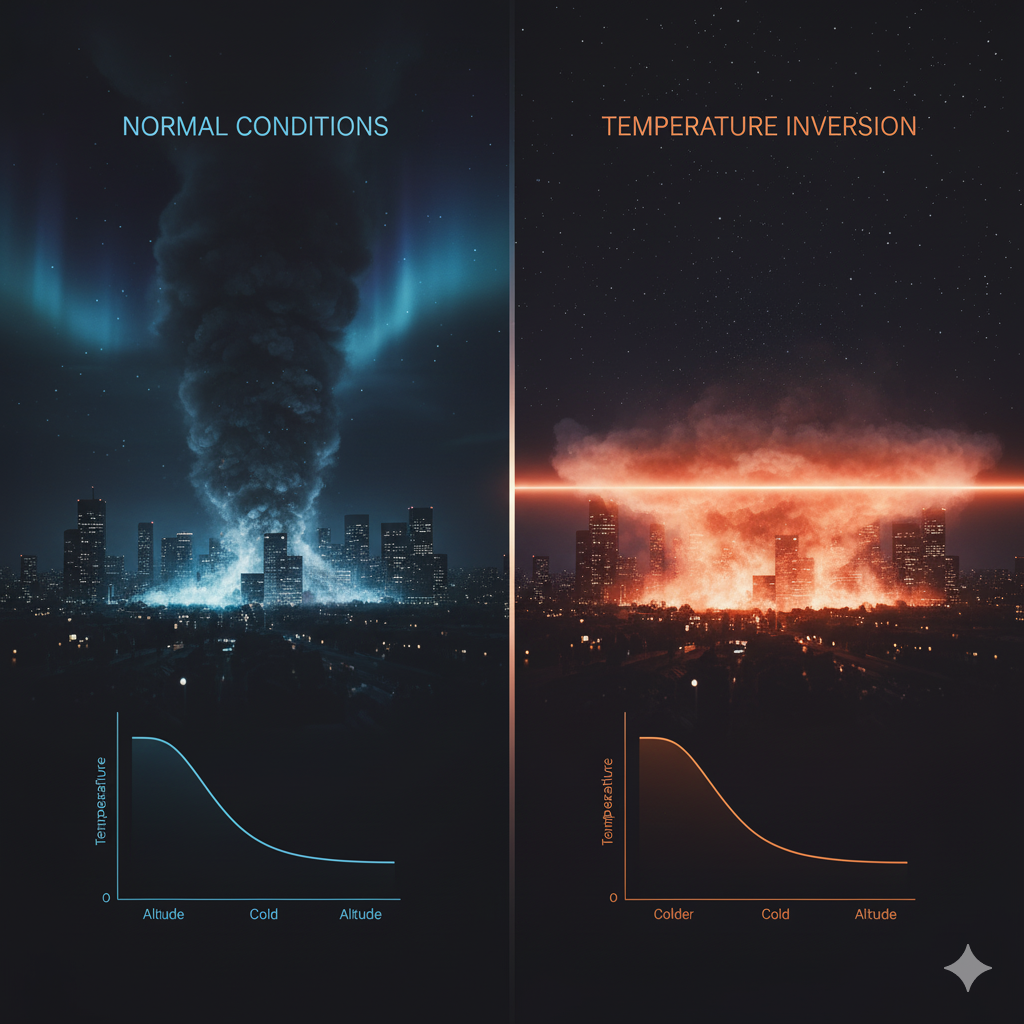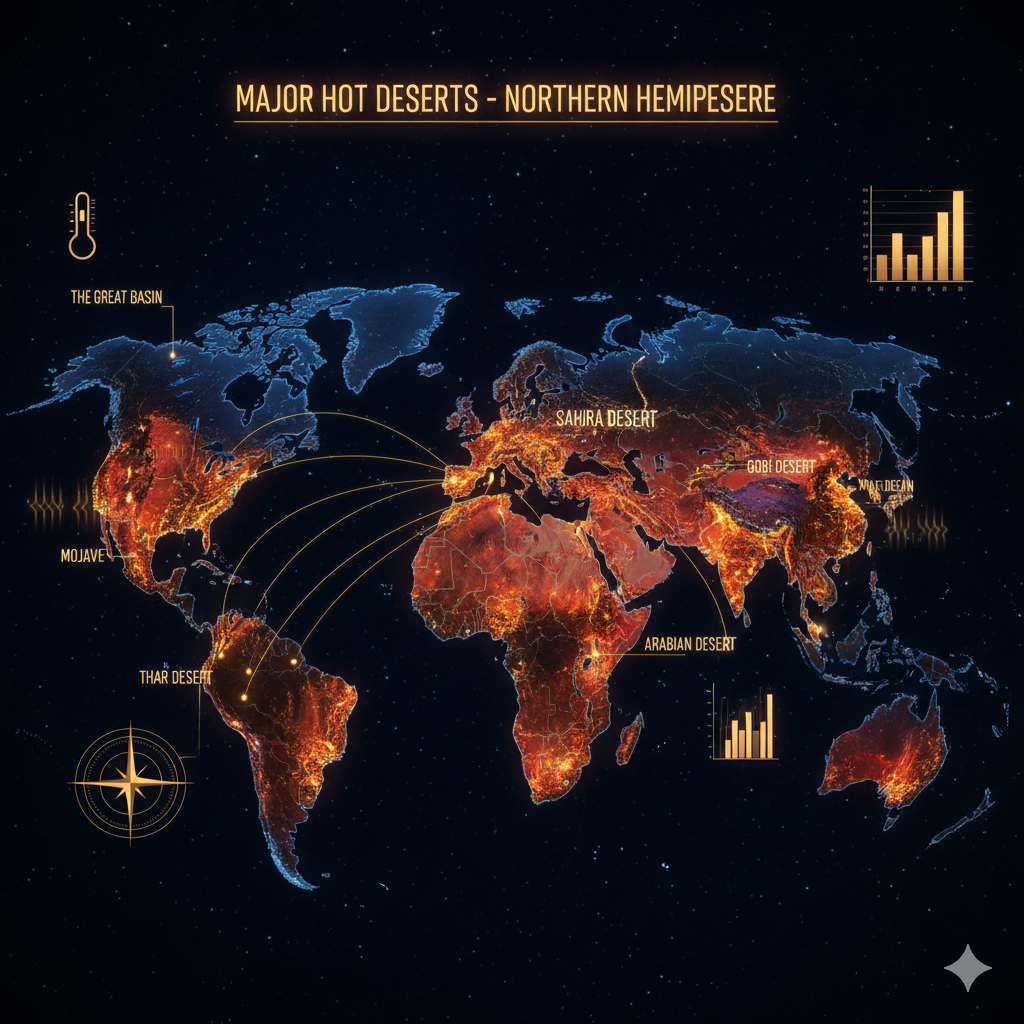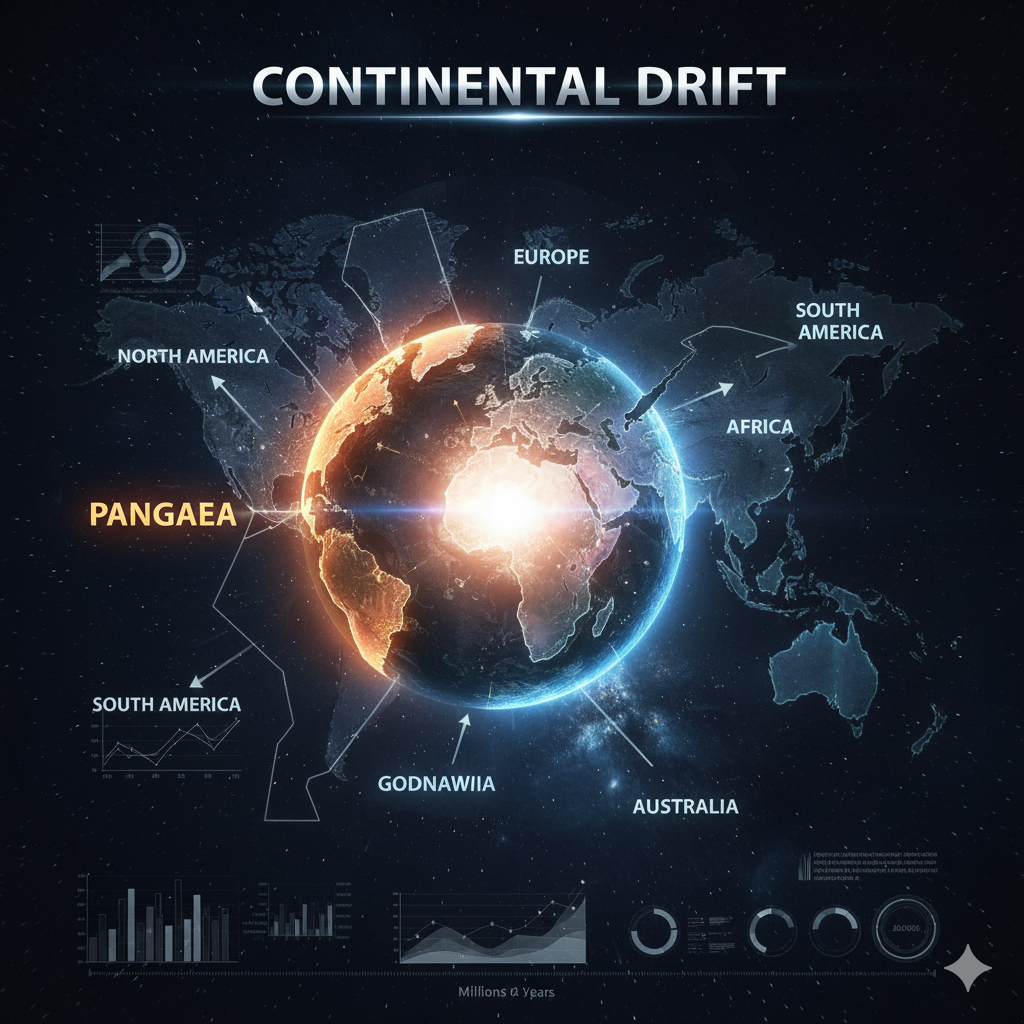Introduction
The United States, a nation of vast landmass and diverse geography, has experienced profound urbanization over the past two centuries. Today, it hosts multiple megacities, urban regions with populations exceeding 10 million, as well as numerous large metropolitan areas. Urbanization has reshaped the economic, social, and environmental landscape of the country. Cities such as New York, Los Angeles, Chicago, Houston, and Dallas-Fort Worth are prime examples of concentrated human settlement, driven by industrialization, migration, and economic opportunities.
Urban geography in the USA examines the spatial distribution, structure, and growth of cities, the factors driving urban expansion, and the environmental challenges associated with dense population centers. This article explores the development of US megacities, their demographic and economic significance, and the environmental issues arising from urban growth.
1. Growth of US Megacities
Historical Context
- Urban growth in the USA accelerated during the 19th and 20th centuries, driven by industrialization and migration.
- The Industrial Revolution attracted labor to cities like New York, Chicago, and Philadelphia, fostering urban concentration.
- The post-World War II era saw suburban expansion due to automobile accessibility and highway construction, shaping metropolitan regions.
Demographic Trends
- New York City: The largest US city, with over 8 million residents in the city proper and 20 million in the metropolitan area.
- Los Angeles: Major urban hub in California, known for its sprawling metropolitan area and diverse population.
- Chicago: Historical industrial center with significant transportation and commercial importance.
- Urban population growth continues due to immigration, natural increase, and internal migration from rural to urban areas.
Factors Driving Megacity Growth
- Economic Opportunities: Cities concentrate industries, services, and corporate headquarters.
- Transportation Networks: Railroads, highways, and airports facilitate commuting and trade.
- Educational and Healthcare Institutions: Urban centers host universities, research institutions, and hospitals, attracting talent.
- Cultural and Social Amenities: The arts, entertainment, and cultural diversity enhance urban appeal.
- Globalization: International trade, finance, and migration reinforce urban growth, particularly in coastal megacities.
2. Spatial Structure of US Cities
Central Business District (CBD)
- The CBD is the commercial and economic core, featuring skyscrapers, corporate offices, and financial institutions.
- Examples: Wall Street in New York City and Downtown Los Angeles.
- Land values are highest in the CBD, driving vertical growth.
Residential Zones
- Urban areas are divided into inner-city, suburban, and peri-urban zones.
- Inner-city areas often have high-density housing and older infrastructure.
- Suburbs grew post-WWII, providing single-family homes, schools, and shopping centers.
Industrial Zones
- Located near transportation hubs such as ports, railroads, and highways.
- Industrial clusters support manufacturing, logistics, and warehousing, e.g., Chicago and Houston’s industrial belts.
Urban Sprawl
- Characterized by low-density, car-dependent development.
- Los Angeles exemplifies sprawl, with extensive suburban growth and reliance on automobiles.
- Sprawl has environmental consequences, including habitat fragmentation and increased energy consumption.
3. Environmental Challenges of US Megacities
Air Pollution
- Urbanization and industrialization contribute to vehicle emissions, industrial pollutants, and smog.
- Los Angeles, despite regulations, experiences persistent ozone pollution due to topography and climate.
- Health impacts include respiratory diseases, cardiovascular issues, and reduced life expectancy.
Water Management
- Water demand in megacities exceeds natural supply in some regions.
- Example: Los Angeles and Phoenix rely on distant water sources, stressing ecosystems.
- Pollution from industrial effluents and urban runoff contaminates rivers and lakes.
Waste Management
- Megacities generate millions of tons of municipal waste annually.
- Landfills near urban areas face space constraints and environmental hazards.
- Recycling and waste-to-energy initiatives are being adopted to mitigate impacts.
Urban Heat Island Effect
- Dense urban areas trap heat due to concrete, asphalt, and human activity.
- Leads to higher temperatures than surrounding rural areas, increasing energy demand for cooling.
- Amplifies health risks during heatwaves, particularly for vulnerable populations.
Transportation and Traffic Congestion
- Heavy reliance on automobiles contributes to air pollution, greenhouse gas emissions, and traffic congestion.
- Cities like New York, Los Angeles, and Houston experience daily traffic bottlenecks, affecting productivity.
- Public transport systems are being expanded to reduce congestion and emissions.
Flooding and Coastal Risks
- Coastal megacities like New York, Miami, and Boston face risks from sea-level rise, storm surges, and hurricanes.
- Urban impervious surfaces exacerbate flooding during heavy rainfall.
- Climate adaptation measures include sea walls, green infrastructure, and improved drainage systems.
4. Case Studies of Environmental Challenges
New York City
- Experiences air pollution, traffic congestion, and flooding risks.
- Hurricane Sandy (2012) highlighted vulnerability to storm surges and coastal flooding.
- Adaptation measures include storm surge barriers, climate-resilient infrastructure, and public transit improvements.
Los Angeles
- Struggles with air quality issues due to smog, topography, and high car dependency.
- Water scarcity drives long-distance water transport from distant rivers and reservoirs.
- Urban sprawl exacerbates energy use, habitat loss, and greenhouse gas emissions.
Houston
- Rapid urban expansion has led to flooding due to inadequate drainage and impervious surfaces.
- Industrial and petrochemical sectors contribute to local air and water pollution.
- Flood control measures include reservoirs, levees, and improved urban planning.
5. Sustainable Urban Planning in the USA
Smart Growth Strategies
- Focus on compact urban development, mixed-use zoning, and public transportation.
- Examples: Portland, Oregon, emphasizes walkable neighborhoods and urban growth boundaries.
Green Infrastructure
- Incorporates parks, green roofs, permeable pavements, and rain gardens to mitigate flooding and urban heat.
- Improves air quality, biodiversity, and aesthetic appeal.
Renewable Energy Integration
- Solar panels, wind energy, and energy-efficient buildings reduce carbon footprint.
- Cities like San Francisco and Boston are pioneers in urban sustainability programs.
Transportation Innovations
- Expansion of metro systems, bike lanes, and electric vehicle infrastructure.
- Reduces traffic congestion, air pollution, and greenhouse gas emissions.
Policy and Governance
- Urban environmental policies are coordinated by city governments, federal agencies, and public-private partnerships.
- Programs include energy efficiency incentives, waste reduction mandates, and climate adaptation strategies.
6. Social and Economic Implications of Urban Growth
Economic Opportunities
- Megacities concentrate finance, technology, manufacturing, and service industries.
- Generate significant employment, innovation, and international trade opportunities.
Social Challenges
- Urban inequality: Income disparity leads to segregated neighborhoods and limited access to services.
- Housing affordability: Rising demand in megacities drives high housing costs and gentrification.
- Public health: Dense populations increase risk of disease transmission and stress-related health issues.
Cultural and Educational Significance
- Megacities host universities, cultural institutions, museums, and theaters, contributing to national and global cultural influence.
- Promote diversity, attracting immigrants and creative talent from around the world.
7. Future Prospects
- Urban population is projected to continue growing, intensifying environmental and social challenges.
- Climate change will increase the frequency of heatwaves, flooding, and extreme weather, requiring adaptive strategies.
- Technological solutions, including smart cities, AI-driven traffic management, and sustainable construction, will play a vital role.
- Emphasis on resilience, equity, and sustainability will define the future of US urban geography.
Conclusion
The growth of megacities in the USA reflects the dynamic interplay of economic opportunities, migration, and industrial development. While these urban centers drive economic growth and cultural vibrancy, they also face significant environmental challenges, including air and water pollution, urban heat islands, flooding, and waste management issues.
Effective urban planning, sustainable infrastructure, renewable energy adoption, and policy innovation are essential to balance urban growth with environmental stewardship. Understanding the urban geography of the USA is crucial for educators, planners, policymakers, and citizens, ensuring that megacities




